Some people have returned countless times. And there are also young people who are quietly preserving memories, so that visitors can witness a part of history that lives forever.
1. At the age of 71, Ms. Nguyen Ngoc Anh, a former political prisoner of Con Dao, still returns to this sacred land every year as an unspoken appointment with her old comrades. Each time she returns, she brings with her memories, the faces, the voices that remained in that hellish prison on earth.
“At first I went alone, then with a group of brothers and sisters from the Con Dao Former Prisoners Club. Then every big holiday, on July 27, we came here with the Ho Chi Minh City leaders to participate in a gratitude performance. Singing “Dong Doi”, “Con Dao Dem Hang Duong”… made me choke up with tears”, Ms. Ngoc Anh shared.
Every time she returns, Ms. Anh sees the changes in Con Dao over the years. “Traveling back then was very difficult. The boat to the island swayed all day in the middle of the sea. At first, only a few people went by themselves, paying for it out of their own pocket. Now, the government and Ho Chi Minh City support the trip by plane. There are groups, teammates, departments, branches, and youth union members going together,” Ms. Anh said.
What comforts her most is the increasing presence of young people at the cemetery. She shared: “We are old and will not be able to go there anymore. But seeing the children come here to burn incense makes us feel at ease.”
2. Leaving Hang Duong Cemetery, we went to a small house nestled next to Phu Tuong prison camp. Ms. Huynh Thi Kim Loan (born in 1963) was cleaning up some old photos on the altar of her father - former political prisoner Huynh Van Bien. He was one of more than 150 former prisoners who volunteered to stay on the island after liberation.
“At that time, I was only 12 years old, living with my mother in the liberated zone of Hau Giang province. My mother had been arrested many times for hiding soldiers. The first time I met my father was when he came back to the countryside to take my mother and me to the island. At that time, I could not read yet. Con Dao was the place where I went to first grade at the age of 12, then grew up, and stayed until now,” Ms. Loan recalled.
Her father, Mr. Huynh Van Bien, was assigned to be the Deputy Manager of the relic site (now Con Dao National Special Historical Relic) from the early days after liberation. He was also the one who compiled the first explanatory text for the relic site's explanatory team. Her mother took care of and cleaned Hang Duong Cemetery every day.
Hang Duong Cemetery at that time was just a white sandbank, with wild grass growing, and according to Ms. Loan, “each grave was a sand mound”. During the monsoon season, the bones were pushed up from the ground. Her childhood had no coloring books, no children’s games, but days of carrying a basket and mortar with her father to collect remains. “I was still young, so I didn’t know what fear was. I only remembered my father’s words: the remains must be collected properly; the coffin must be made, and placed in the ground with clean hands…”, Ms. Loan said.
At the age of 18, Ms. Loan started working officially at Hang Duong Cemetery, and then stayed there for 37 years. “Back then, there was no electricity, no running water, no machinery. We carried water from 500 meters away to water the plants, cut grass with sickles, machetes... It was very hard but no one complained. Everyone tried to keep the cemetery clean and solemn, so that our fathers and brothers could rest in peace.”
Ms. Loan knows by heart every grave site, row of graves, and hometown of hundreds of martyrs. Thanks to that, she has helped many relatives who come to Hang Duong Cemetery for the first time quickly find their loved ones’ graves. “Some people just collapsed and cried when they saw the graves. They couldn’t make a sound. I stood there watching, tears falling. I hope every young person comes here at least once to see that,” Ms. Loan said.
People visit Con Dao Museum
Witnessing the dramatic changes in Con Dao today, Ms. Loan cannot help but be happy. “I hope Ho Chi Minh City will invest in building a hospital, and have good doctors come here to examine and treat sick people, making it less difficult,” Ms. Loan expressed. For more than 50 years, Ms. Loan has not returned to the mainland, and has never had any intention of returning to the mainland. She said Con Dao is her home, the place that taught her to read and write, to love her country, to love her fellow countrymen...
3. A few hundred meters from Mrs. Loan's house is the Con Dao Museum, one of the most visited places by tourists. We met Ms. Nguyen Ngoc Nhu Xuan (born in 1985), a tour guide at the Con Dao National Special Monument, while she was leading visitors around the museum.
Unlike children born in the bright city, Ms. Xuan's childhood was associated with the smell of agarwood, with walks with friends through Hang Duong Cemetery, with hours of work returning home with her mother in the fading afternoon light.
After graduating from the University of Culture, Ms. Xuan returned to Con Dao to work as a tour guide at the relic site. Her mother was one of the first tour guides here, and Ms. Xuan’s uncle was a former political prisoner. “Since I was little, my family has never lacked stories about life, death, and brutal torture… Perhaps, I loved this place and this job from the womb,” Ms. Xuan shared.
Every July 27 or peak month, Ms. Xuan and her tour guide team work tirelessly. There are days with 7 consecutive shifts, nearly 2,000 guests but only 18 members. There are days when it rains, clothes get wet, voices are hoarse..., but according to her, "this is no longer a job, but a part of a sacred responsibility".
“Con Dao was a hell on earth for 113 years. Tens of thousands of revolutionary soldiers and patriots were imprisoned, tortured and sacrificed here. To live, work and tell those stories is an immeasurable honor for me,” Ms. Xuan shared.
In her 18 years of working, perhaps the most touching thing for her was the times she welcomed groups of former political prisoners back to visit the prison. “At those times, I was no longer a tour guide but stood back and just listened. Because the officers were the most vivid witnesses. I listened, remembered, collected them into valuable documents, continued to tell the story on behalf of those who remained, and continued to tell it for the next generation.”
According to Ms. Xuan, every summer, kindergartens and primary schools take students to visit and experience. There is a first-grader who has asked his mother to let him return to the museum. “We hope that nurturing patriotism must start from a young age. So that the younger generation understands that their homeland has shed blood and suffered, and that today's peace is not easy to achieve,” Ms. Xuan shared.
And what makes her most proud is that the journey of lighting the fire is continuing right in her small house. After each school hour, her daughter often begs to follow her mother to work to listen to her tell stories, then comes home to act as a narrator for the whole family to listen.
THU HOAI
Source: https://www.sggp.org.vn/giu-lua-thieng-con-dao-post807763.html







![[Photo] President Luong Cuong receives delegation of the Youth Committee of the Liberal Democratic Party of Japan](https://vstatic.vietnam.vn/vietnam/resource/IMAGE/2025/8/22/2632d7f5cf4f4a8e90ce5f5e1989194a)


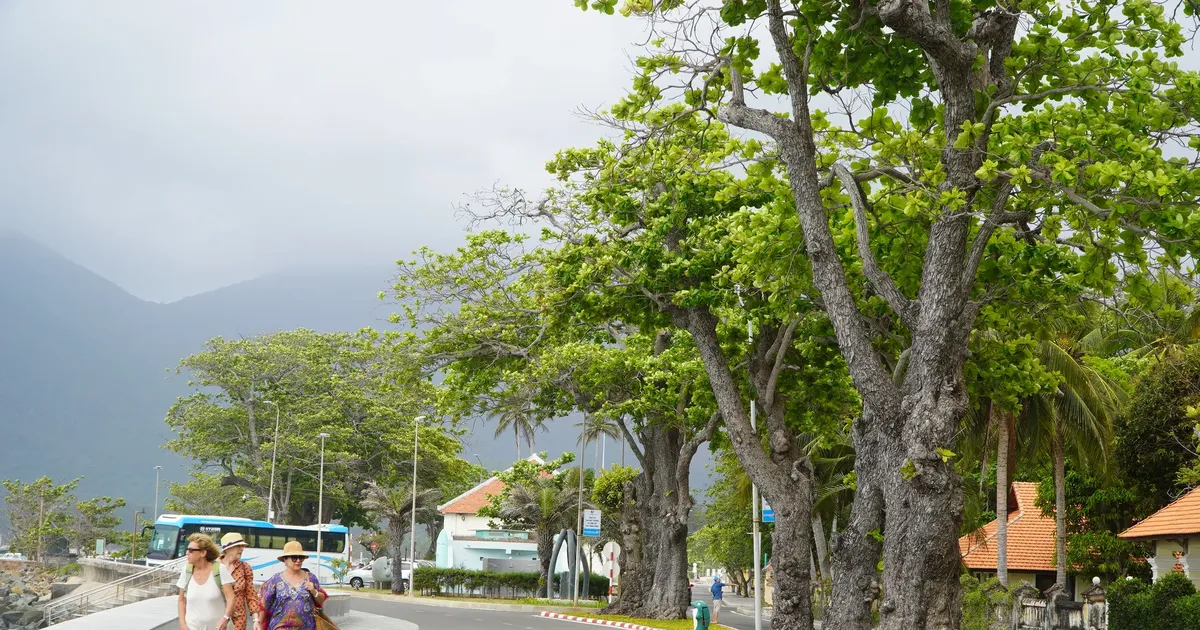







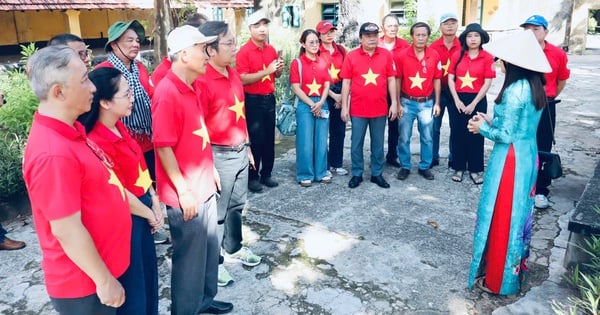
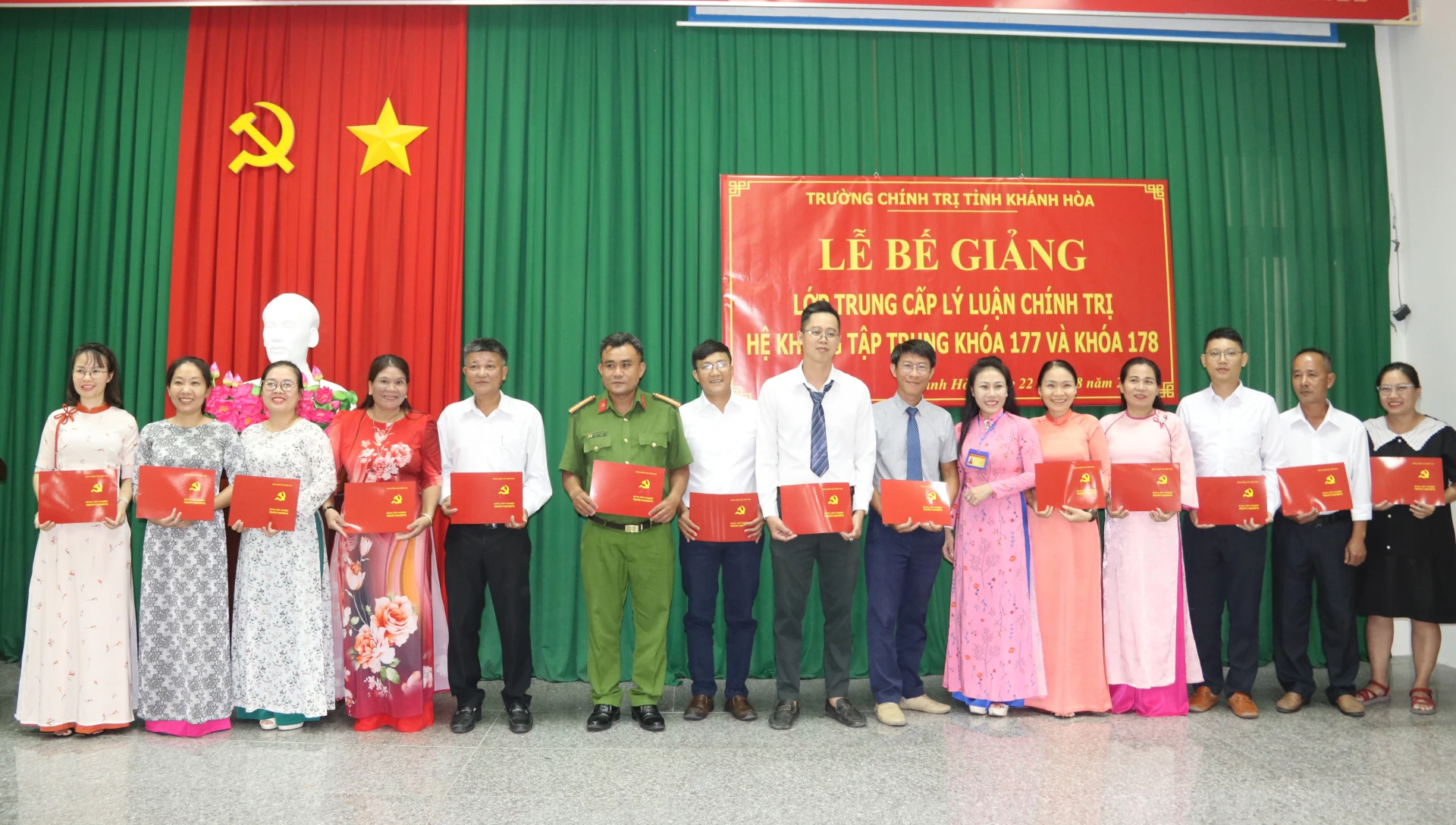

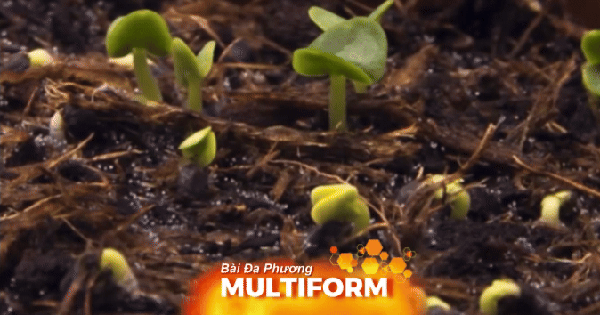

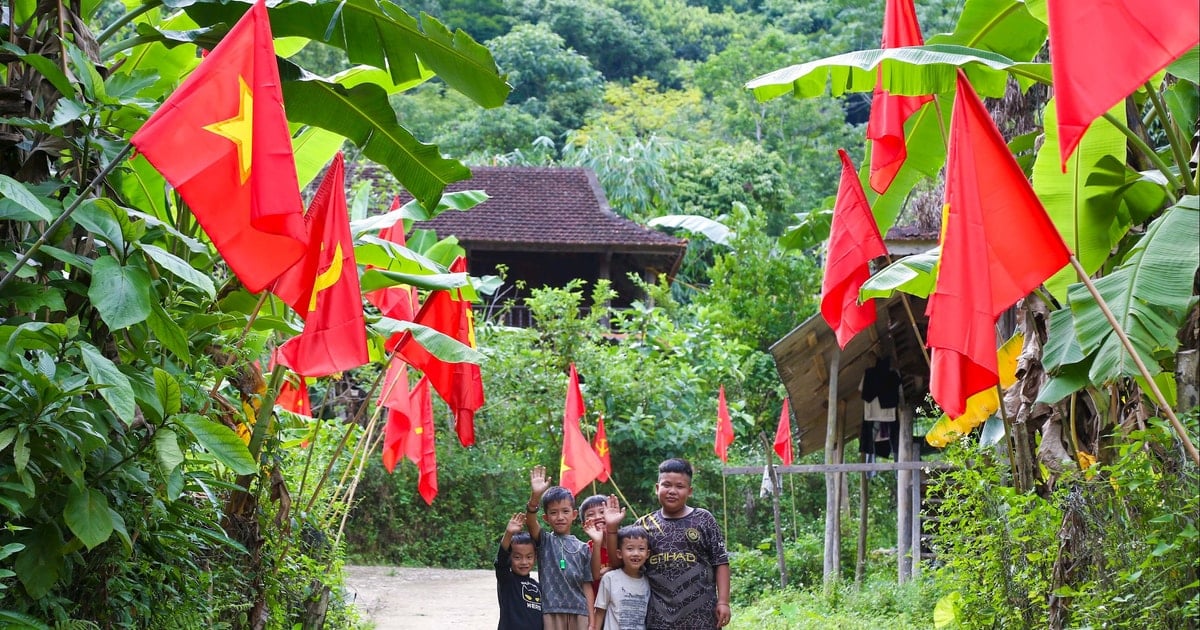

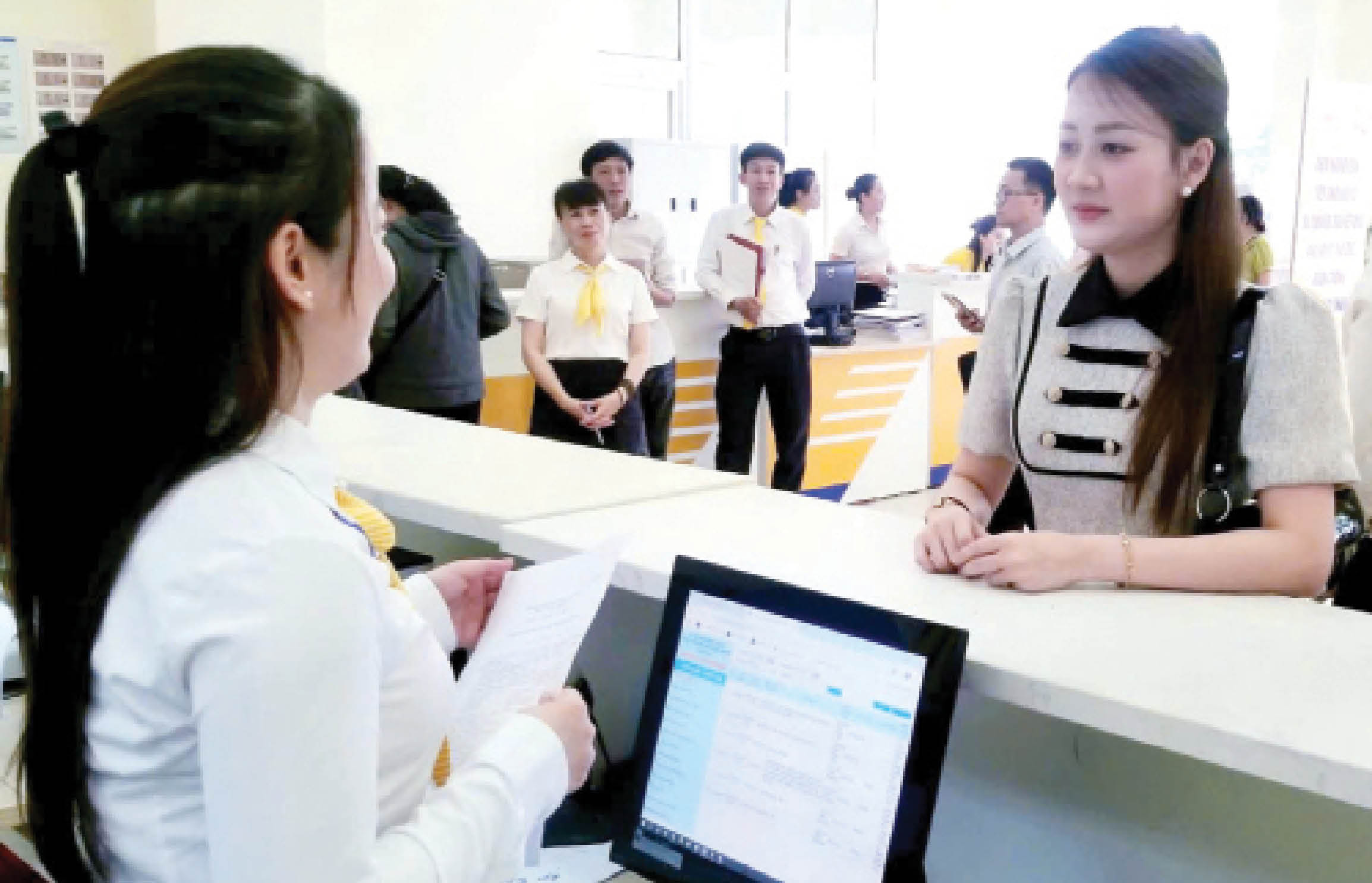

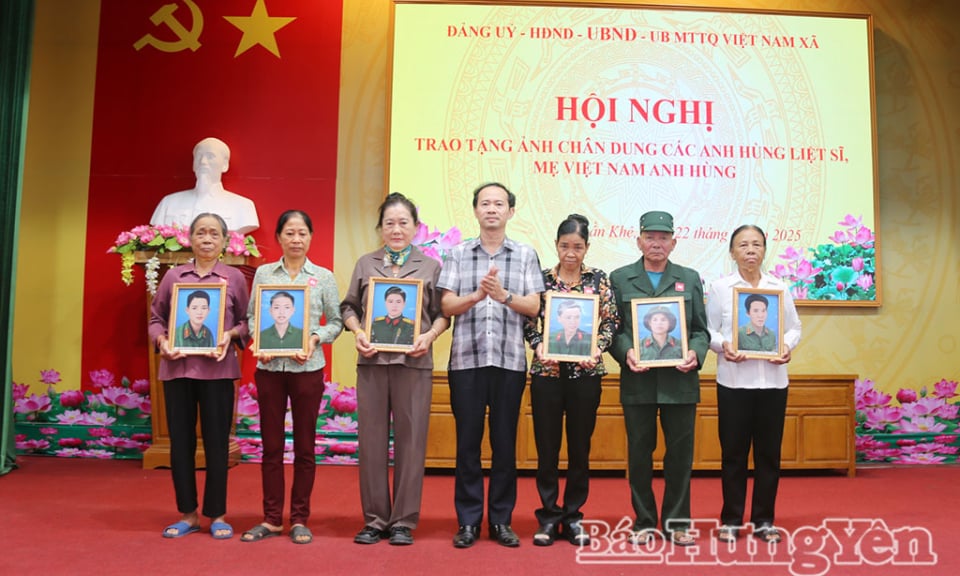

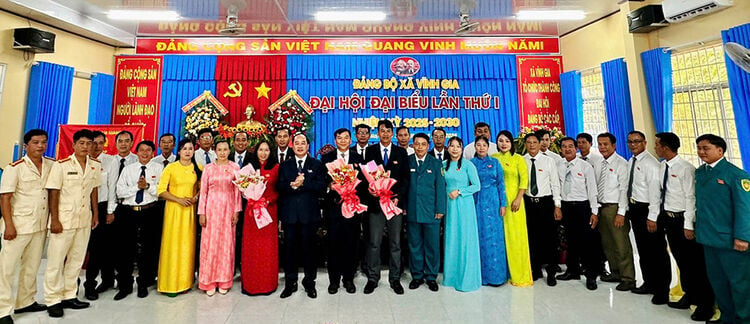




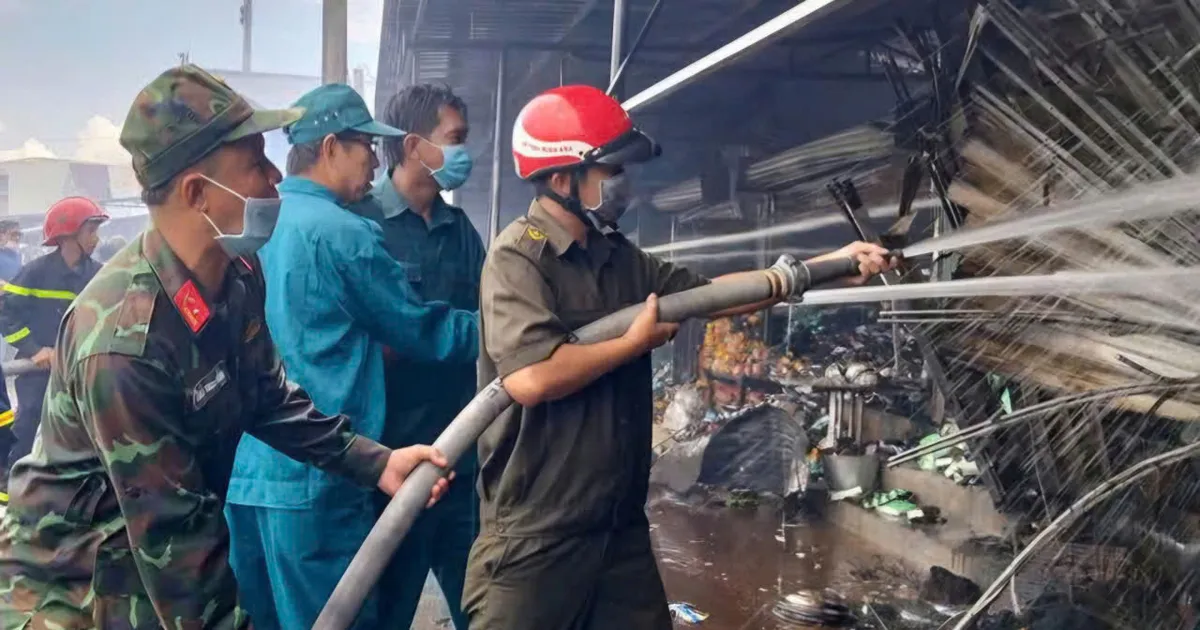
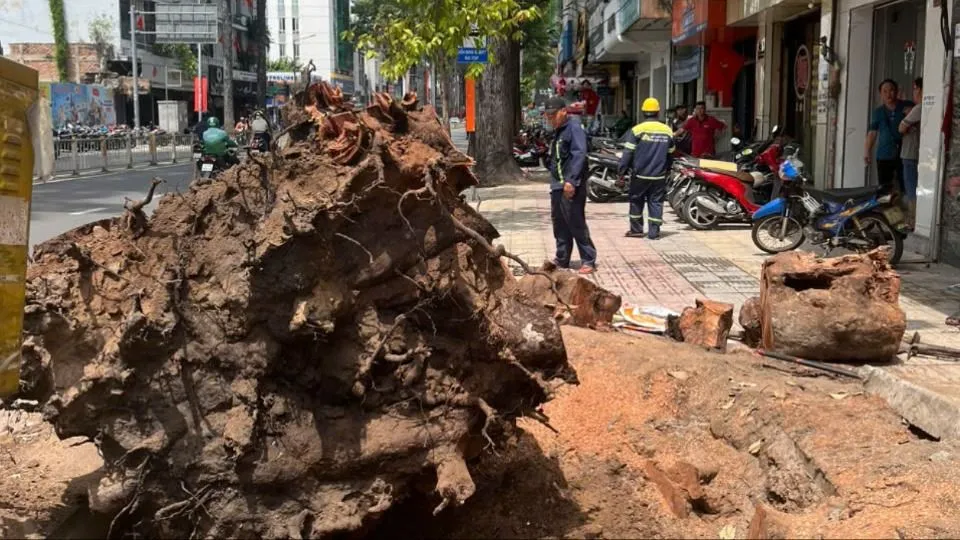
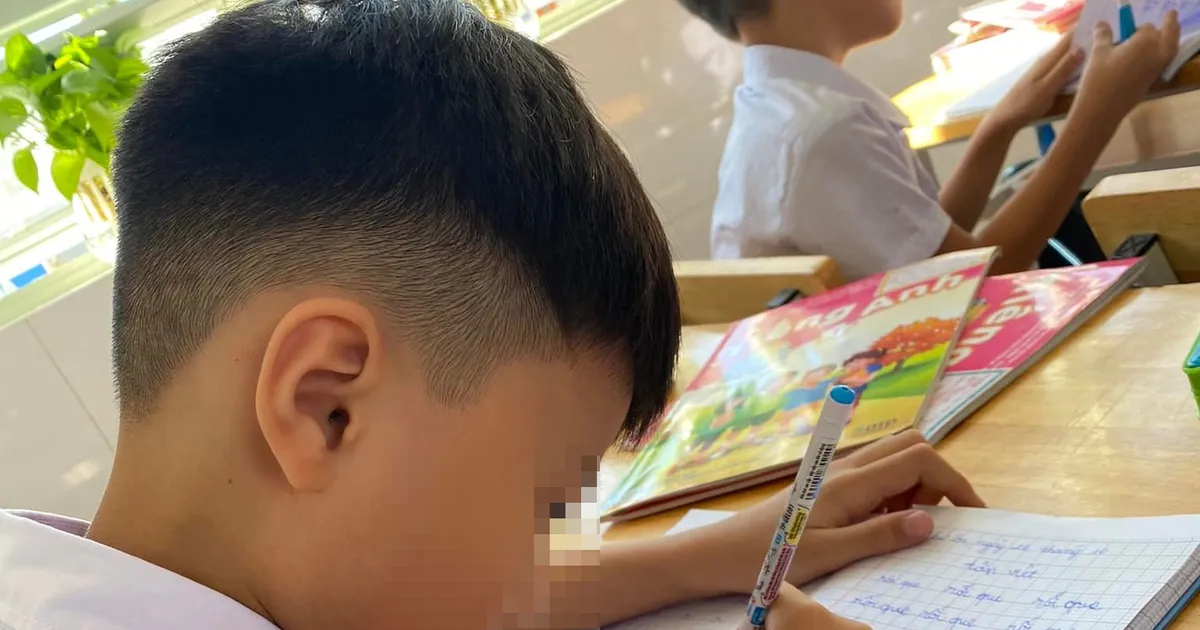

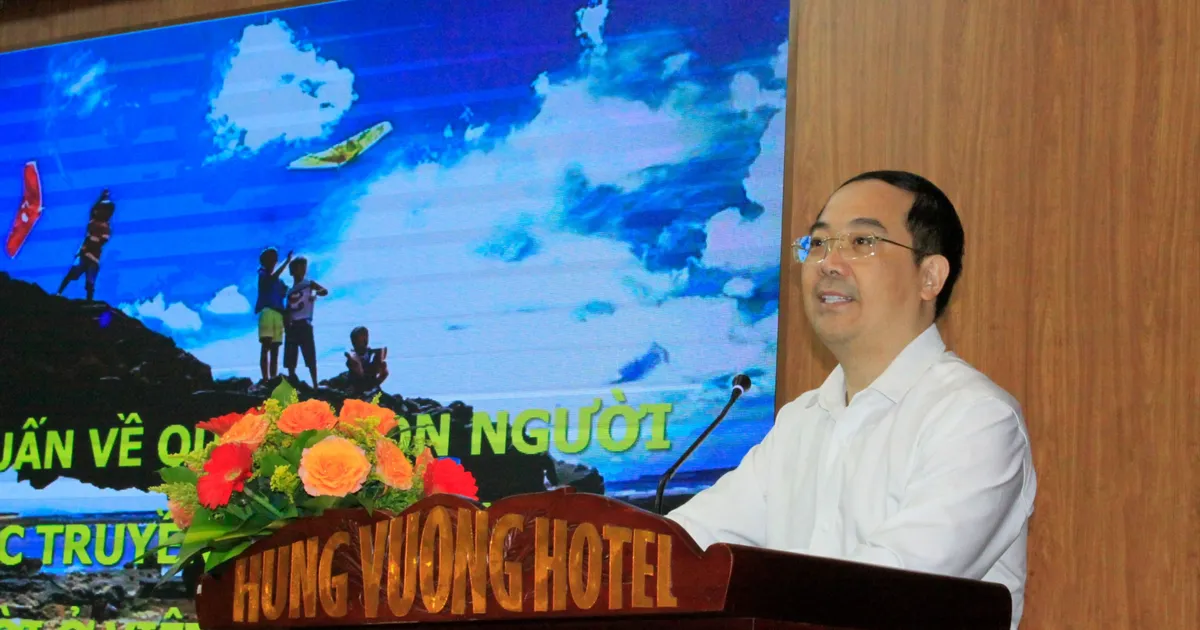
















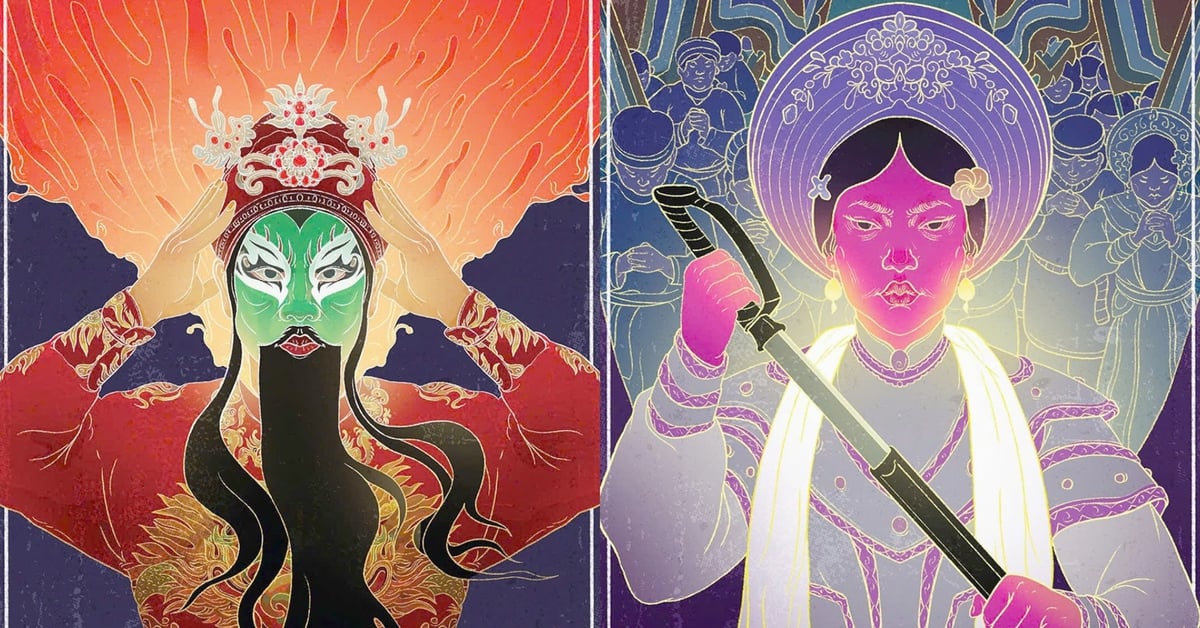


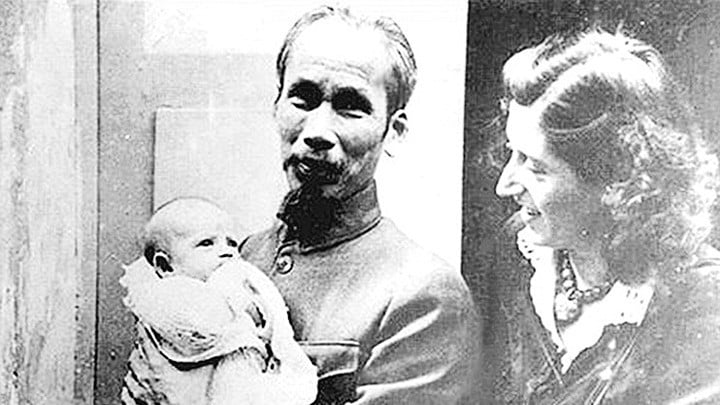










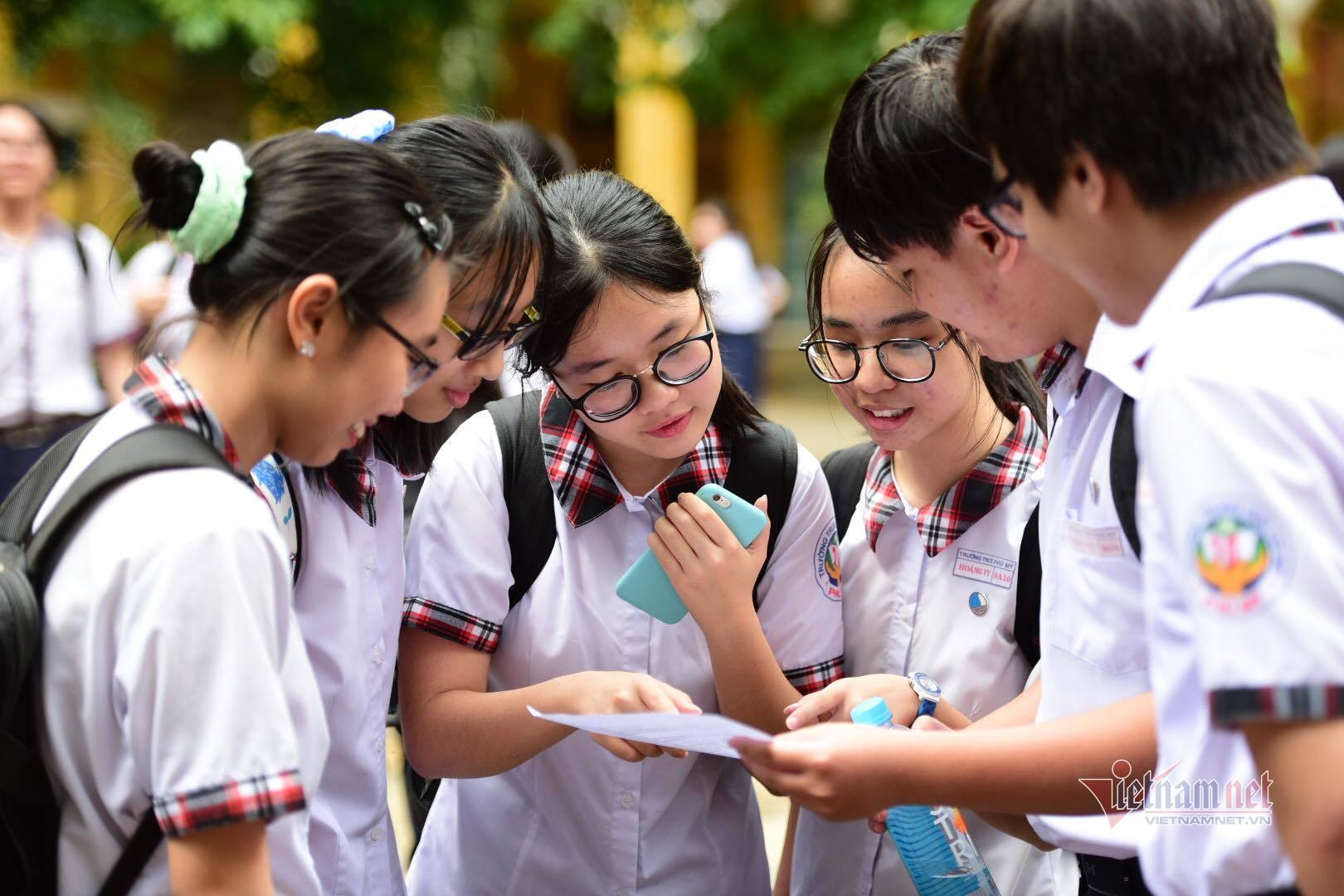

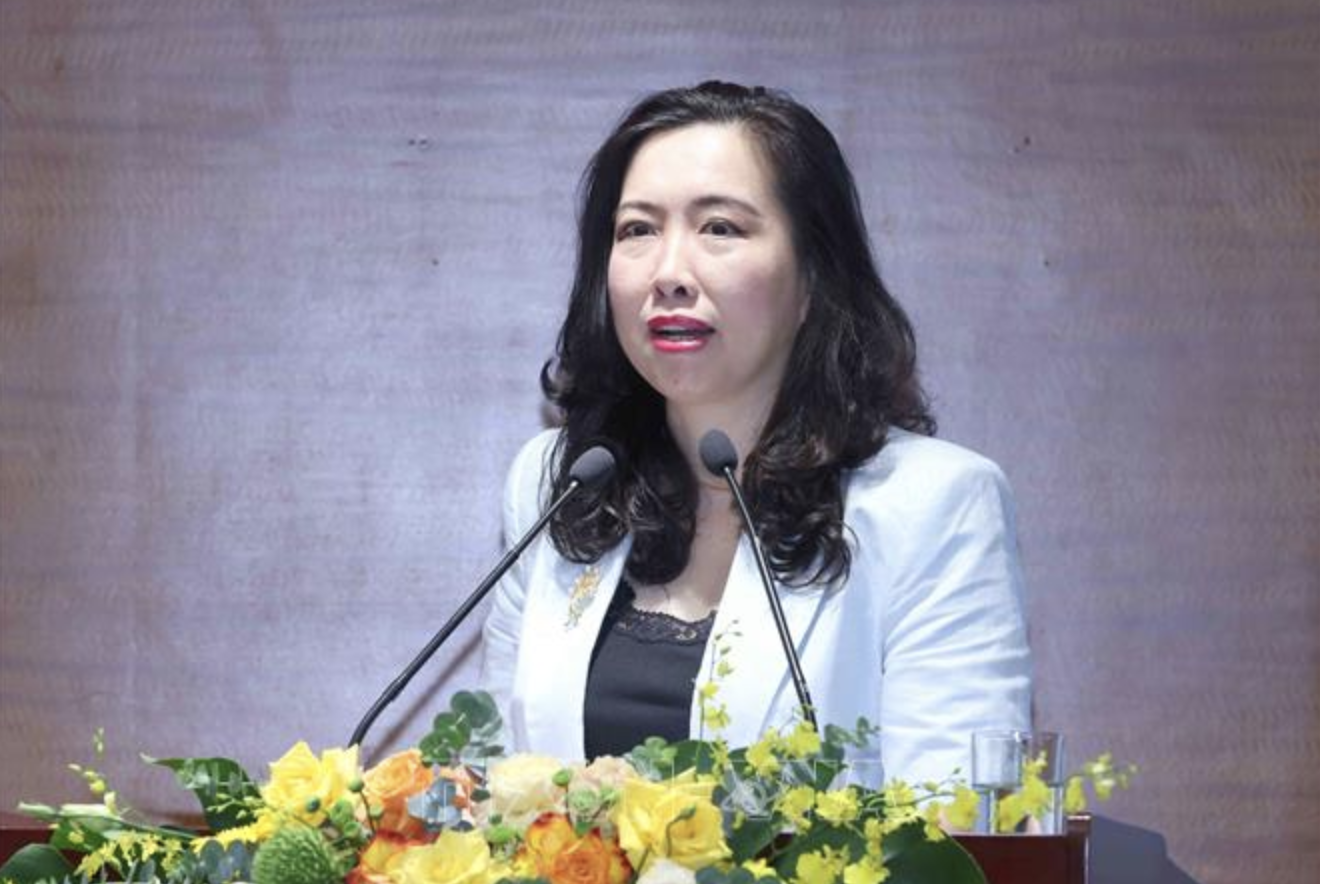



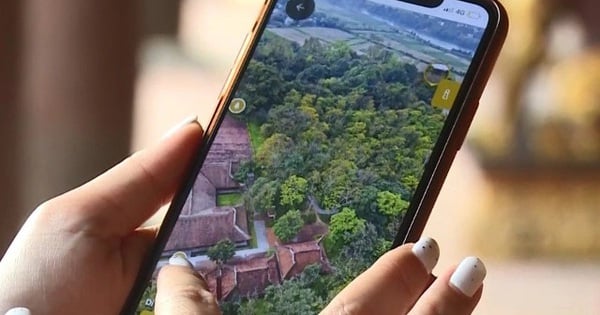





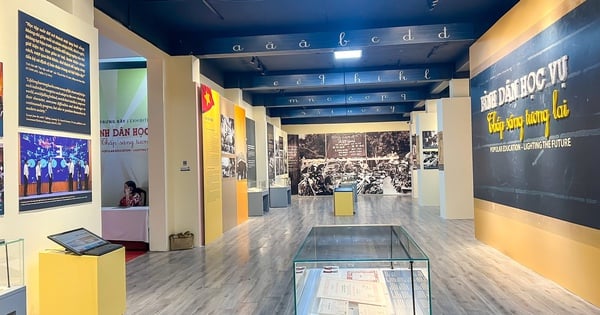
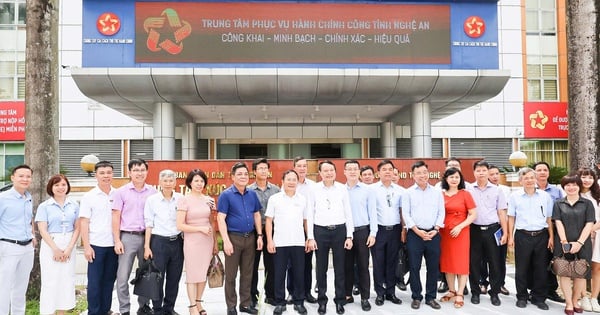
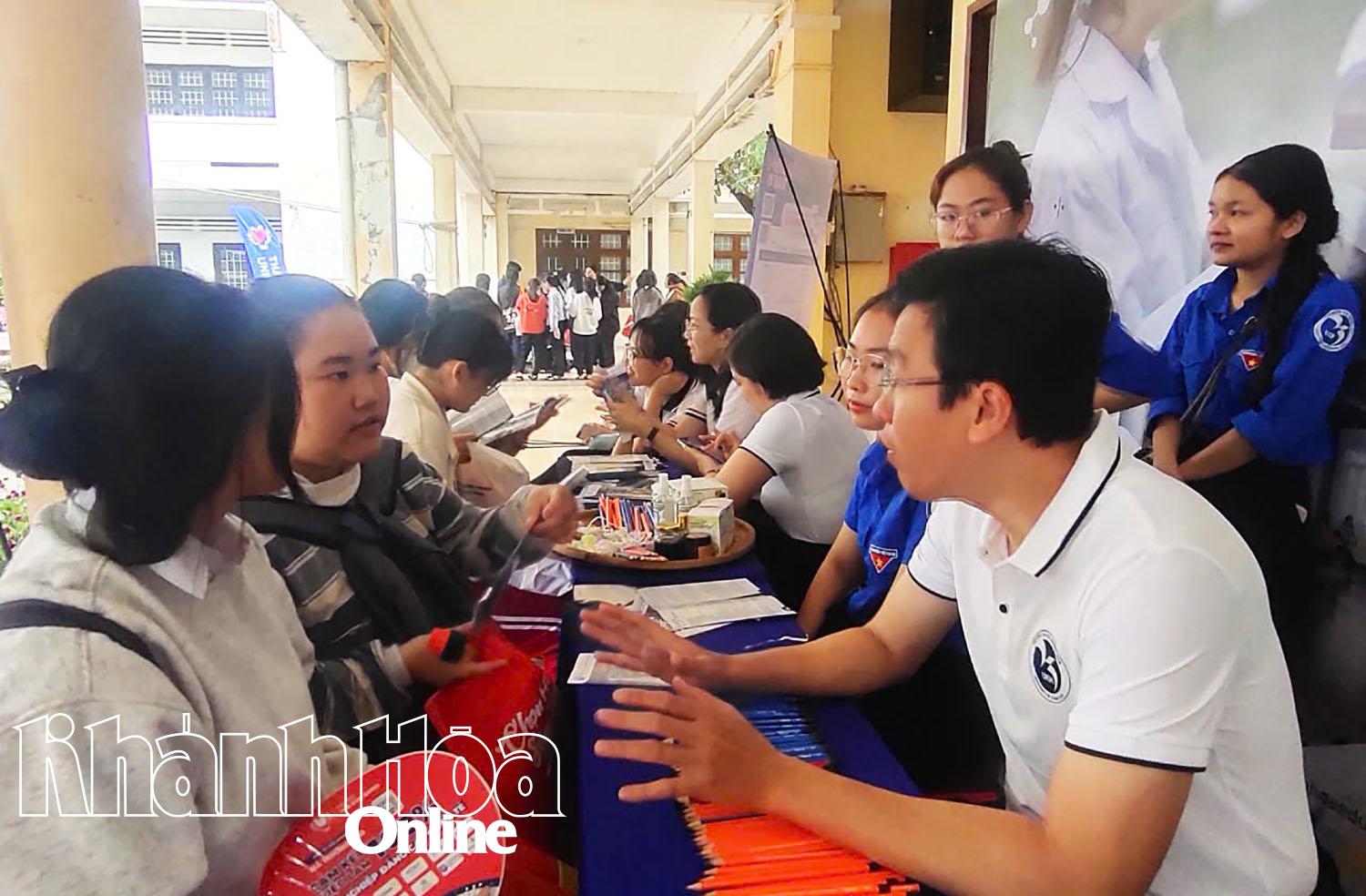
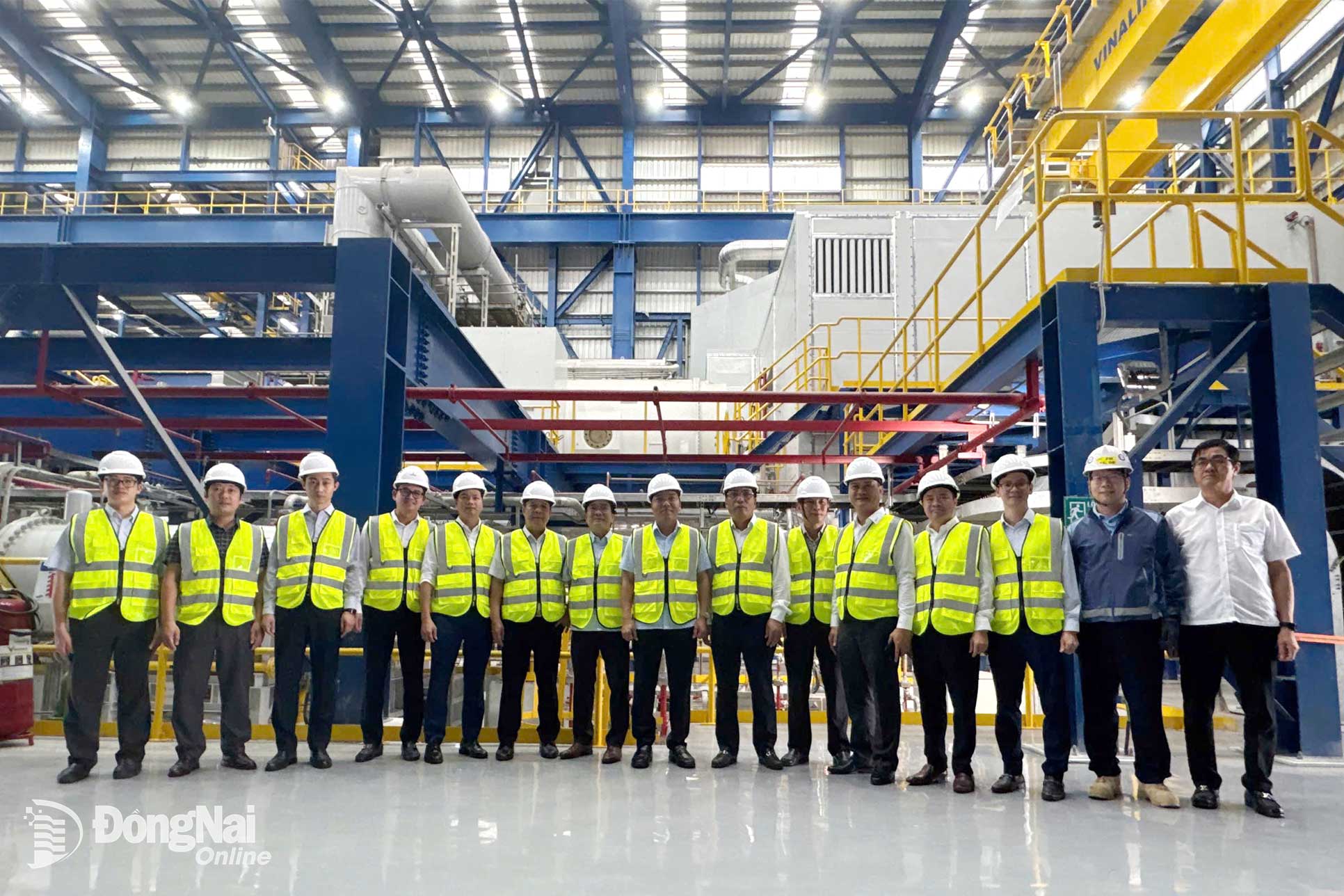

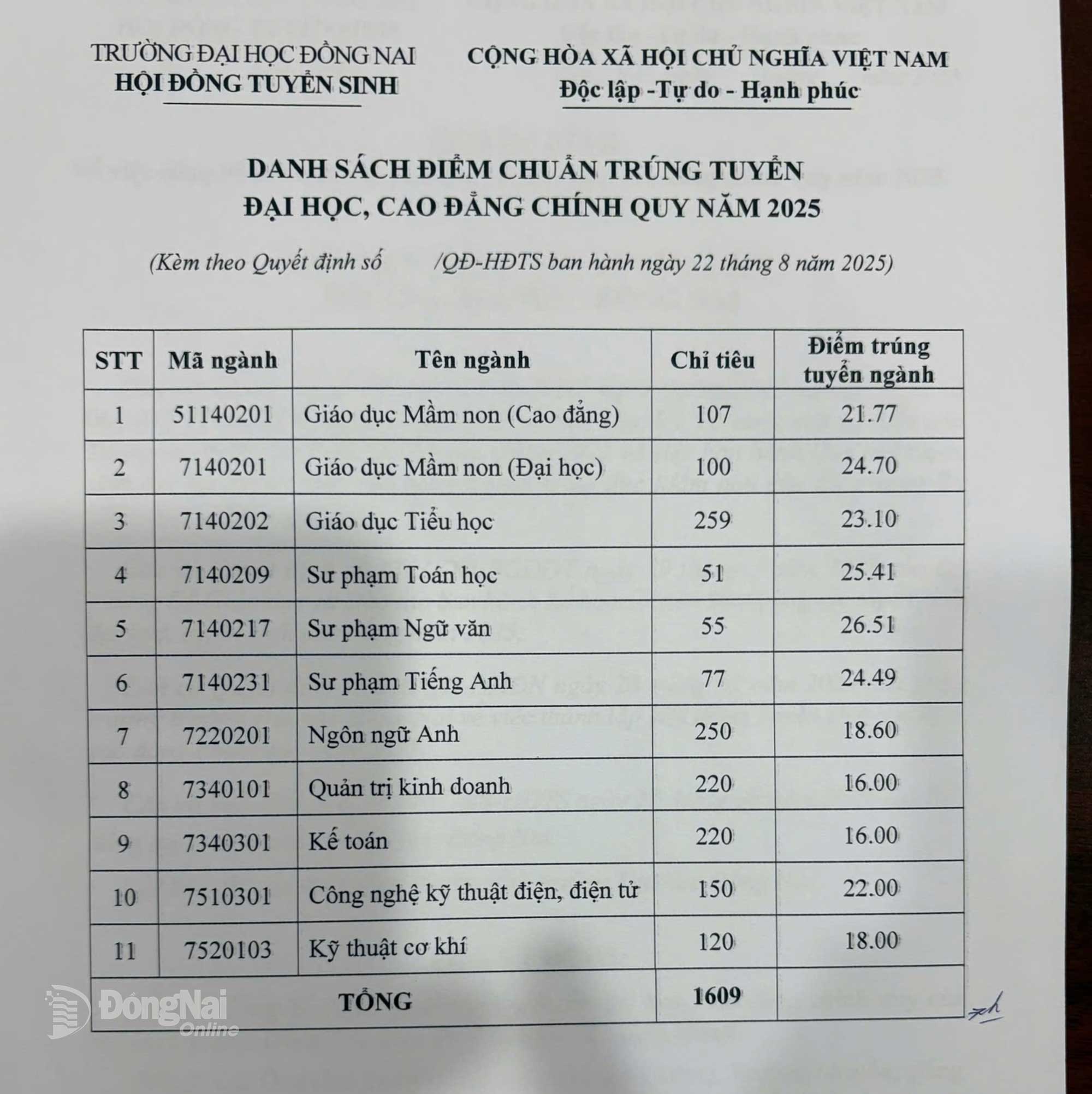
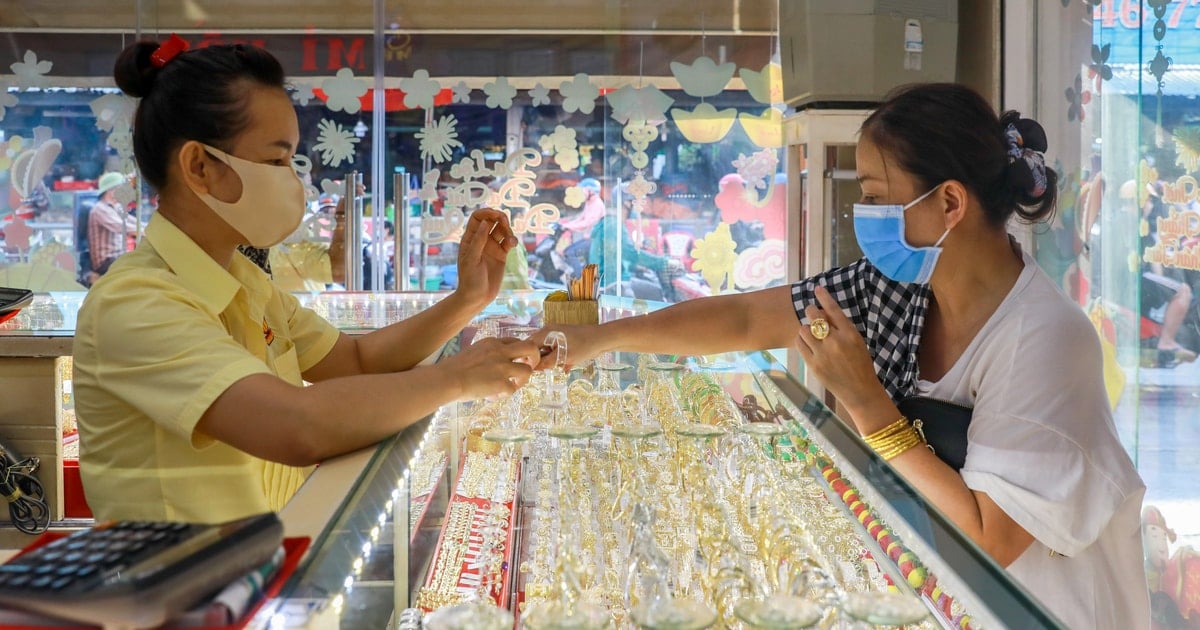








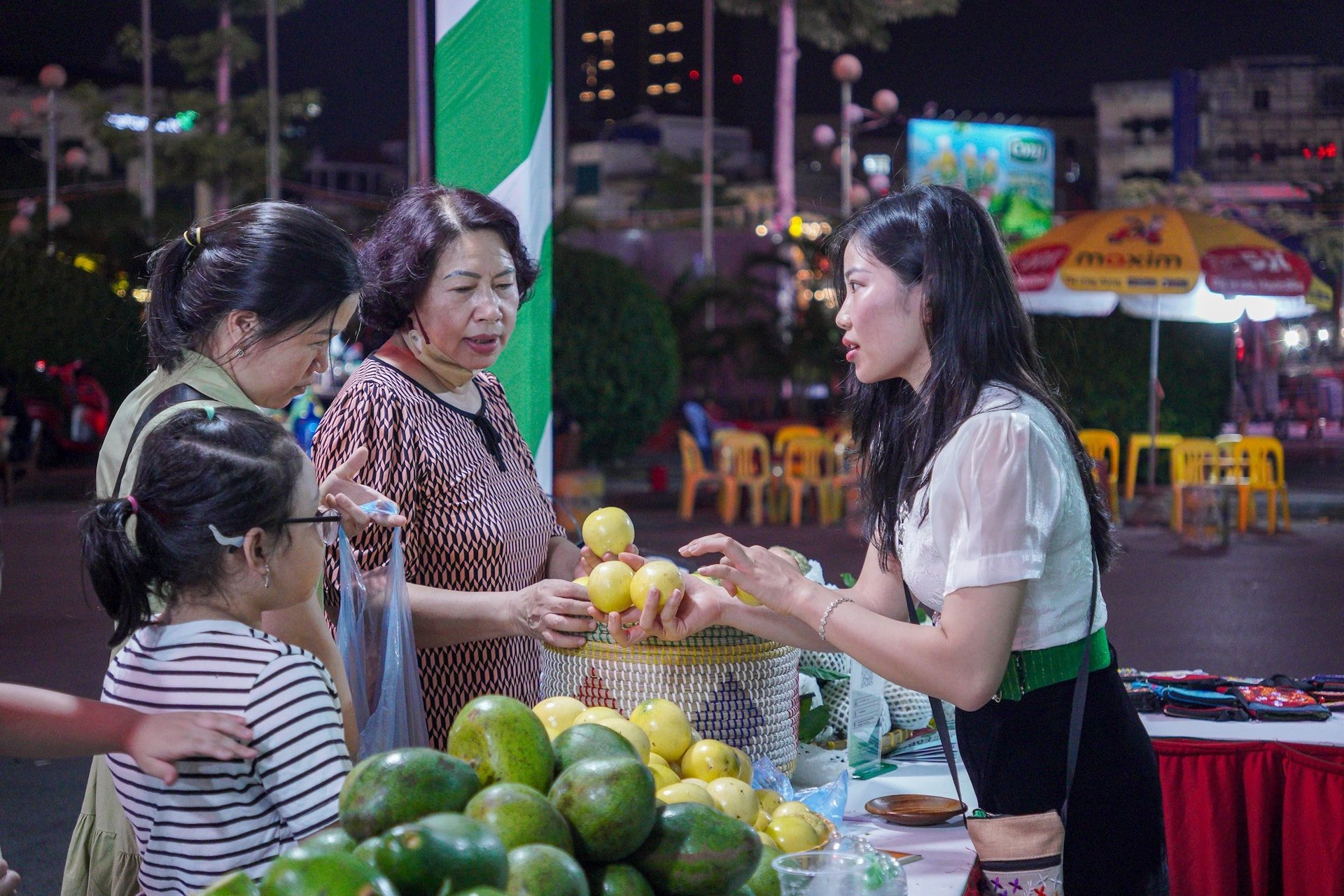






Comment (0)